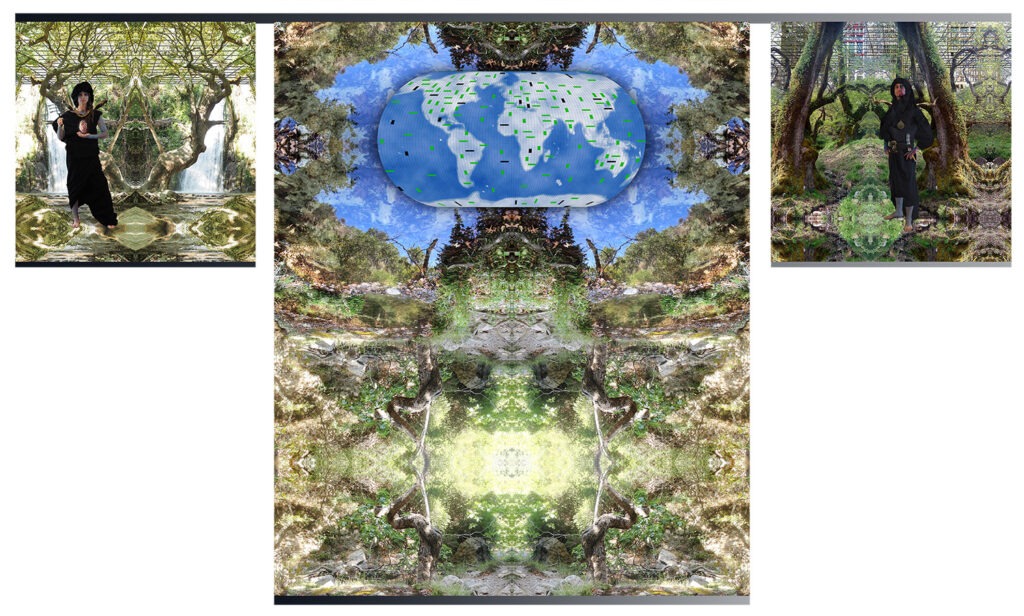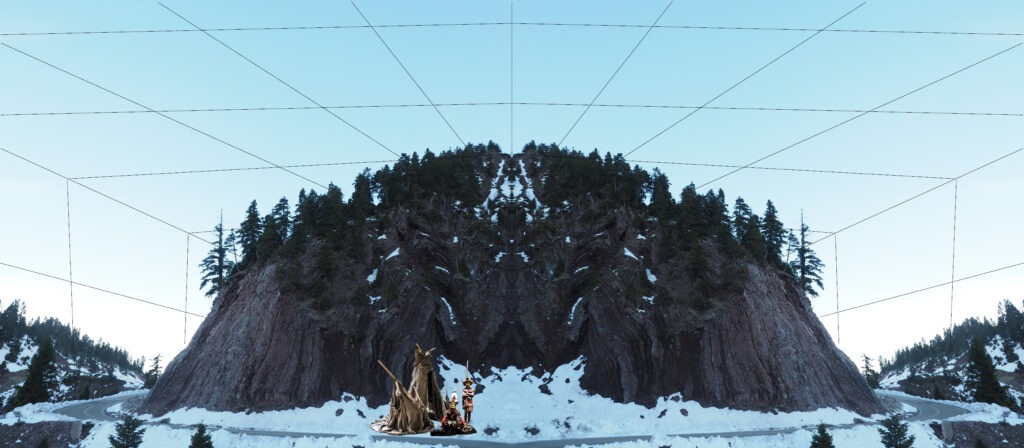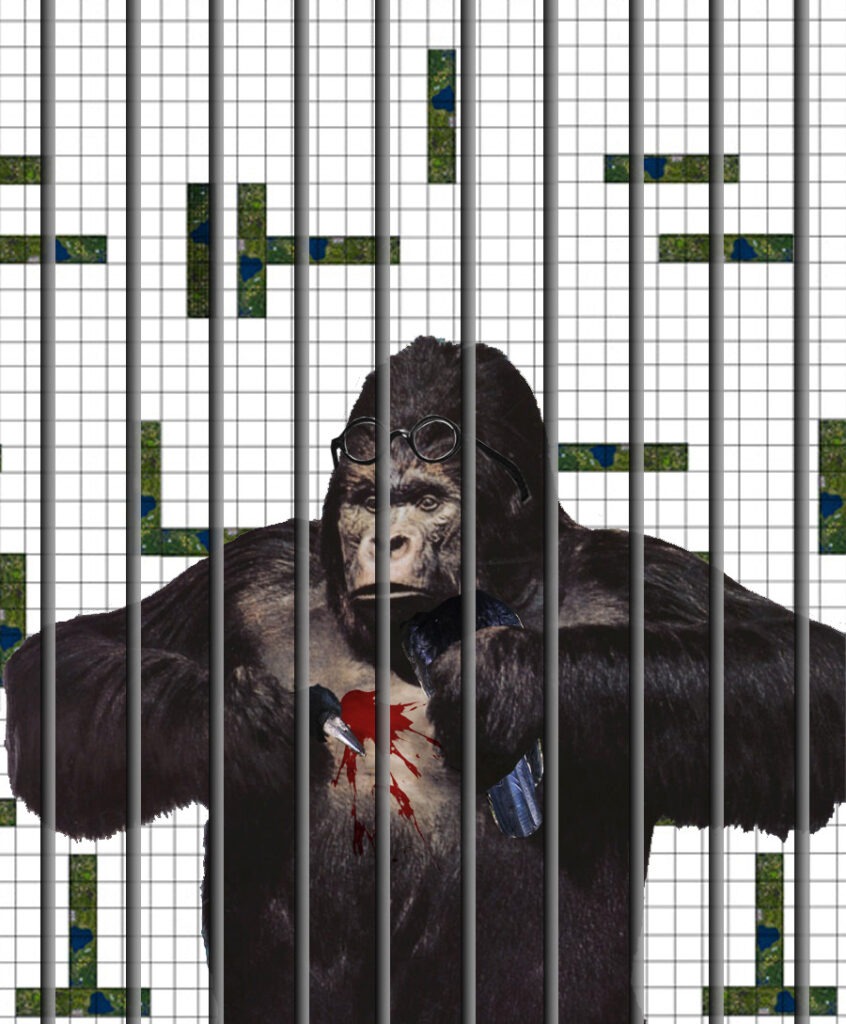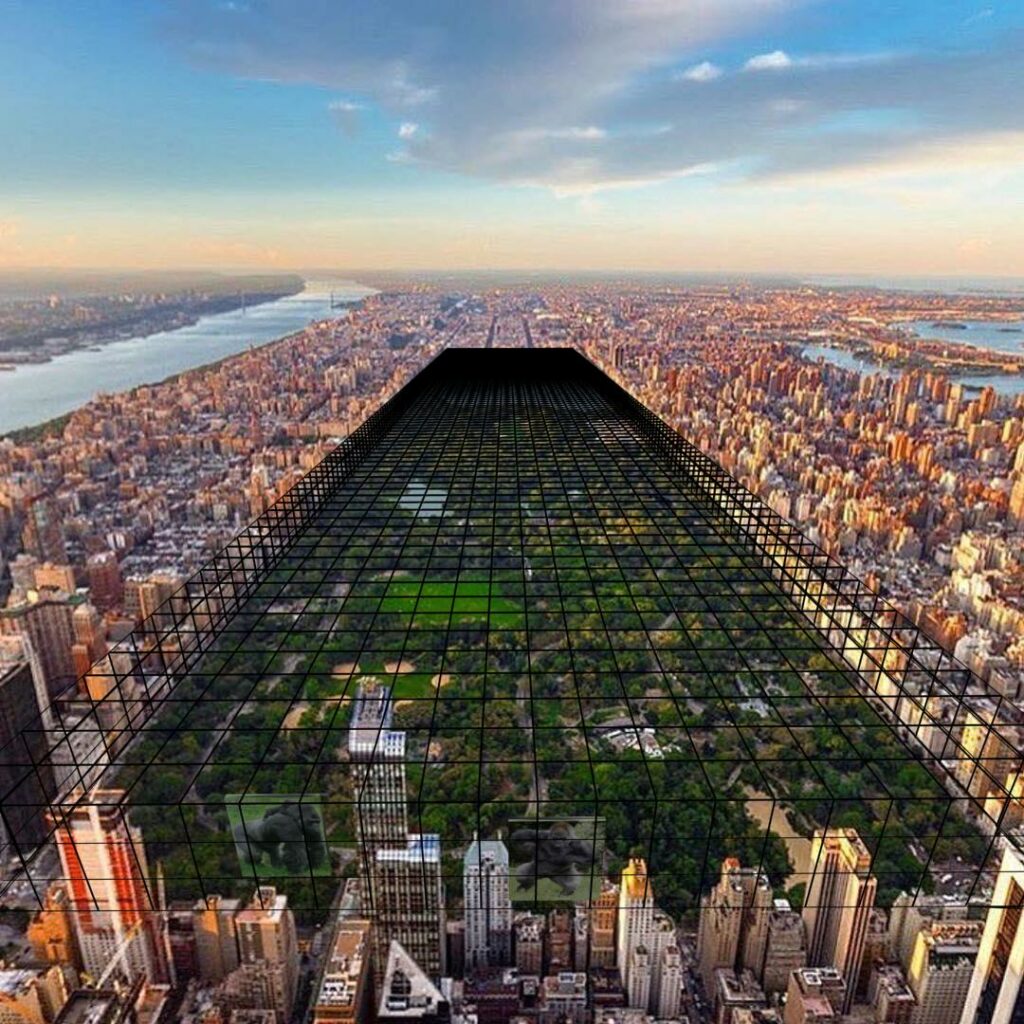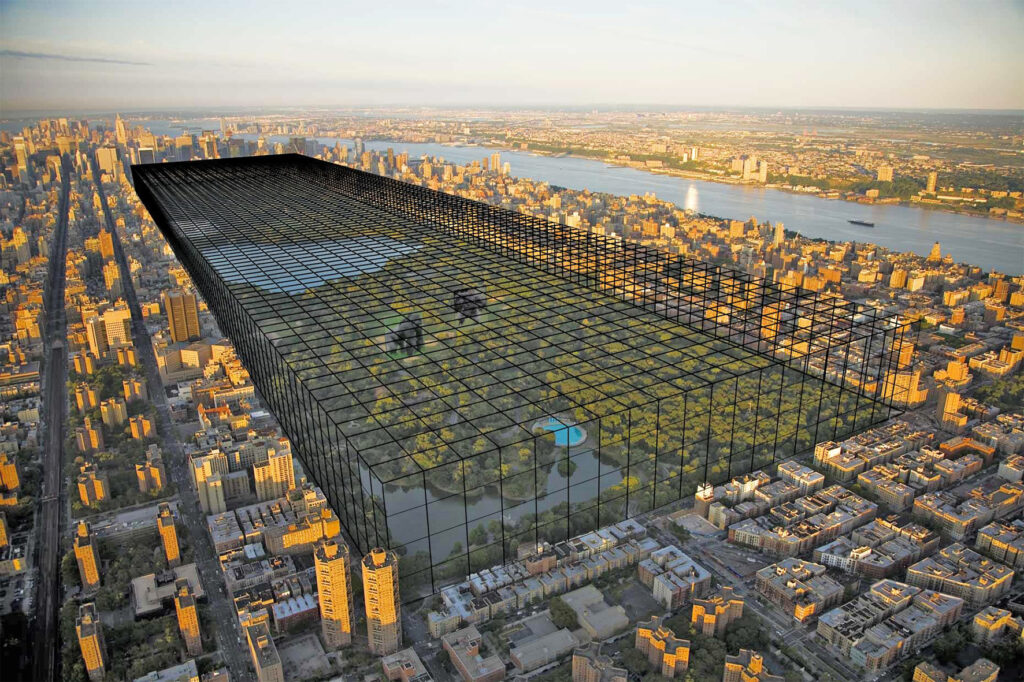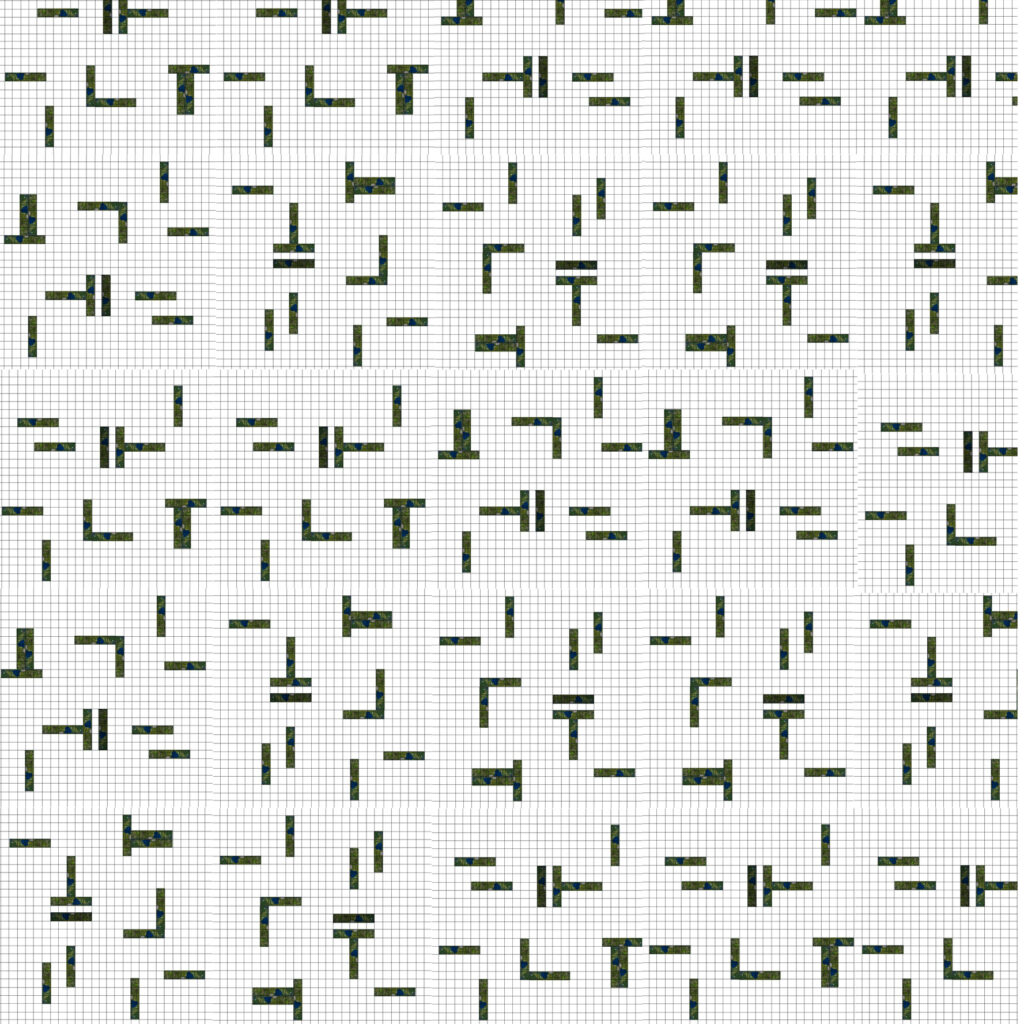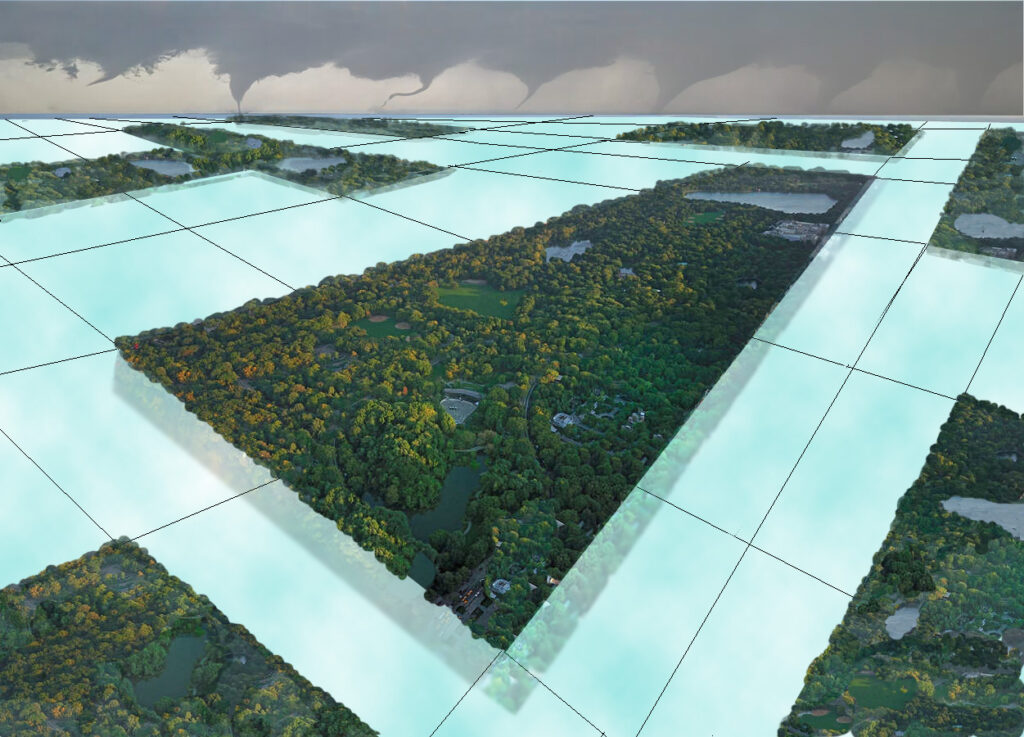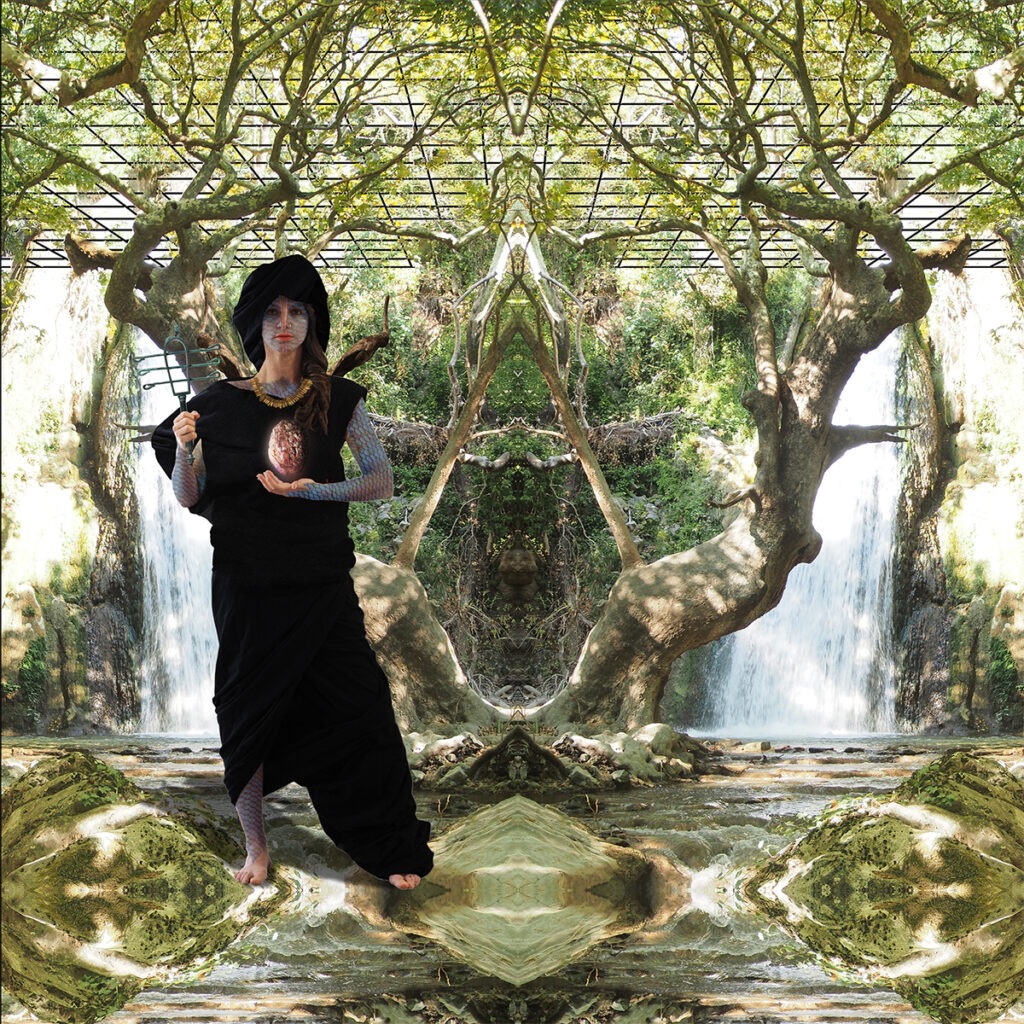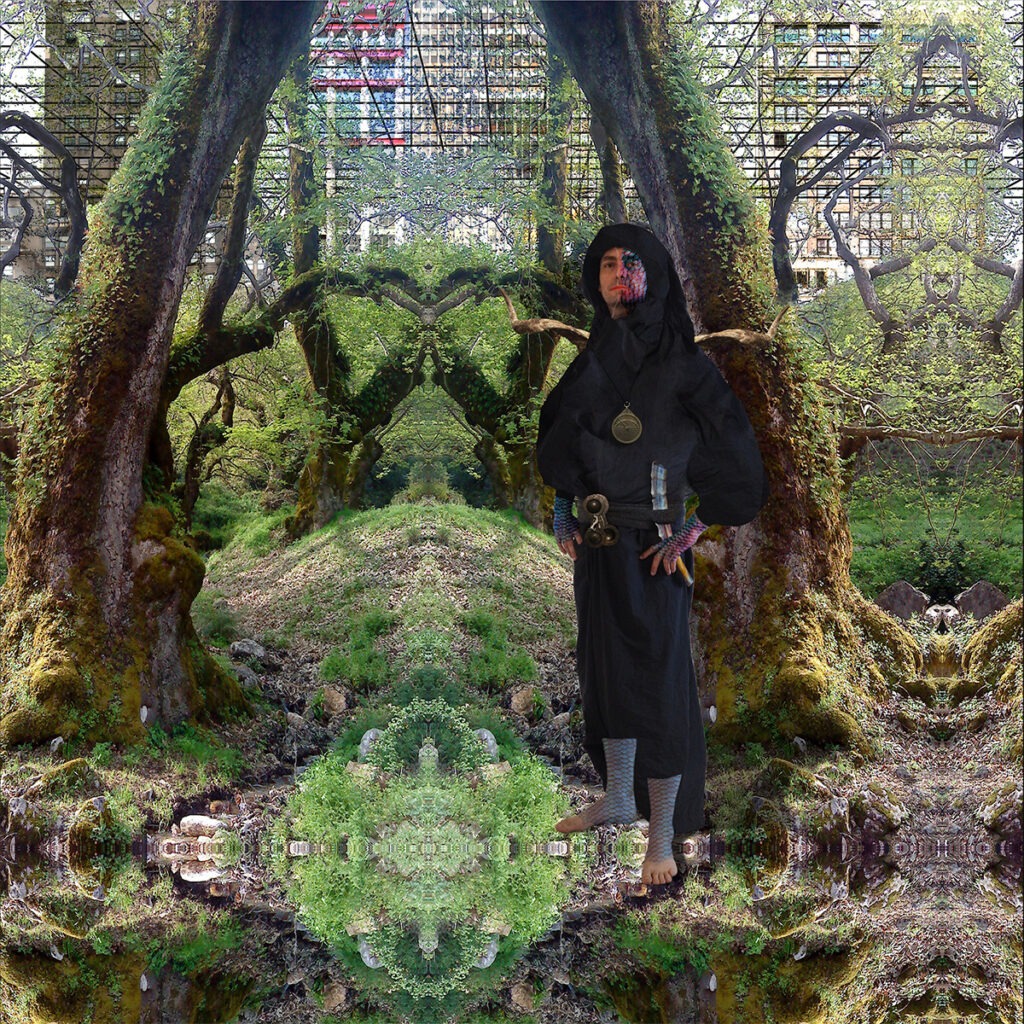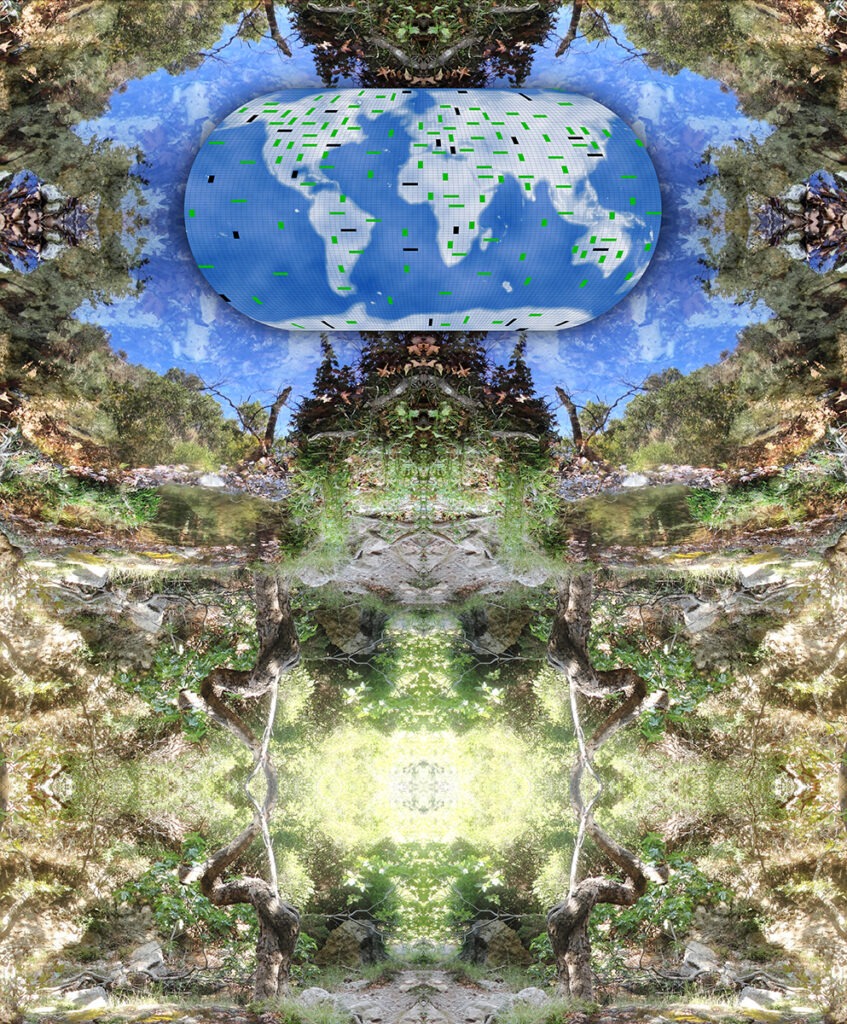A hetero-utopia
Rethinking the OUT
King Kong’s Cage is a hetero-utopia. A metaphorical representation between reality and project. Our way of reconnecting with the experiences of the neo-avant-garde, at the same time, questioning the limit, of what was the city, nature and intermediate spaces. An interrogation on the question of the in and out, the contra, ecology and the important capacity to be able to distance oneself from things.
In King Kong’s Cage, the Manhattan orthogonal grid is interpreted as a technological web, diffuser and multiplier of metropolis whereas Central Park is interpreted as nature-void. Excluded from the transversal of information, the area of Central Park becomes a black hole in the web (off-the-grid), a cold zone. Nature assimilated by the explosion of urbanization shows that there is no longer an outside of the metropolis. The remaining nature, surrounded and colonized by cities, is crossed by data and electromagnetic flows. One way to continue to have the feeling of an out, without which the human world loses its sense of measure and of the sacred, is to place the out/nature inside a Faraday cage. It is an obstacle-setting to the infinite perspective lines that envelop and divide the earth’s surface, generating a labyrinth.
It shows the double fear of humans of their own nature and of nature itself: King Kong, the great beast, is captured inside a cage without losing, however, its wild nature. By paradoxical contradiction, mirroring this version of a fractal and mutant nature in captivity, a comparison with the metropolis is revealed. An imprisoned outside giving a strange sense of freedom, which is felt less and less in the territories of an unbounded inside.
With an act of reason brought to its limits – irrational only in appearance – we imagine the excluded nature as free to grow, combine, mutate, within this out. The multiplication of the cages/Central-Parks in the future will generate the possibility of reconstructing the lost Out. Our map describes the cages’ location in a projection in time, as well as our desire to explore them.
